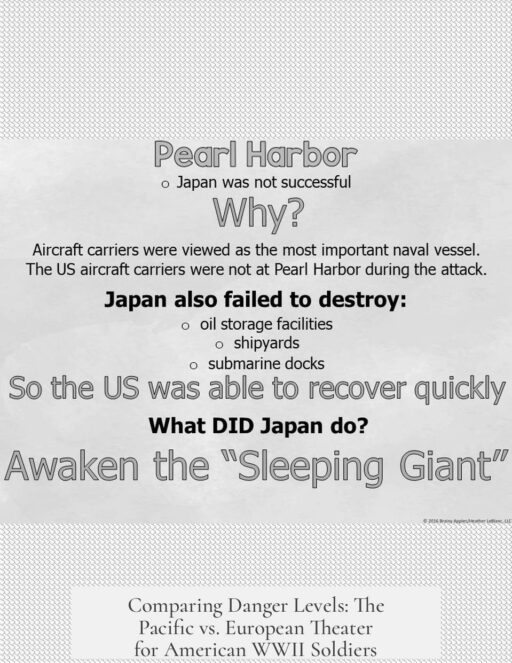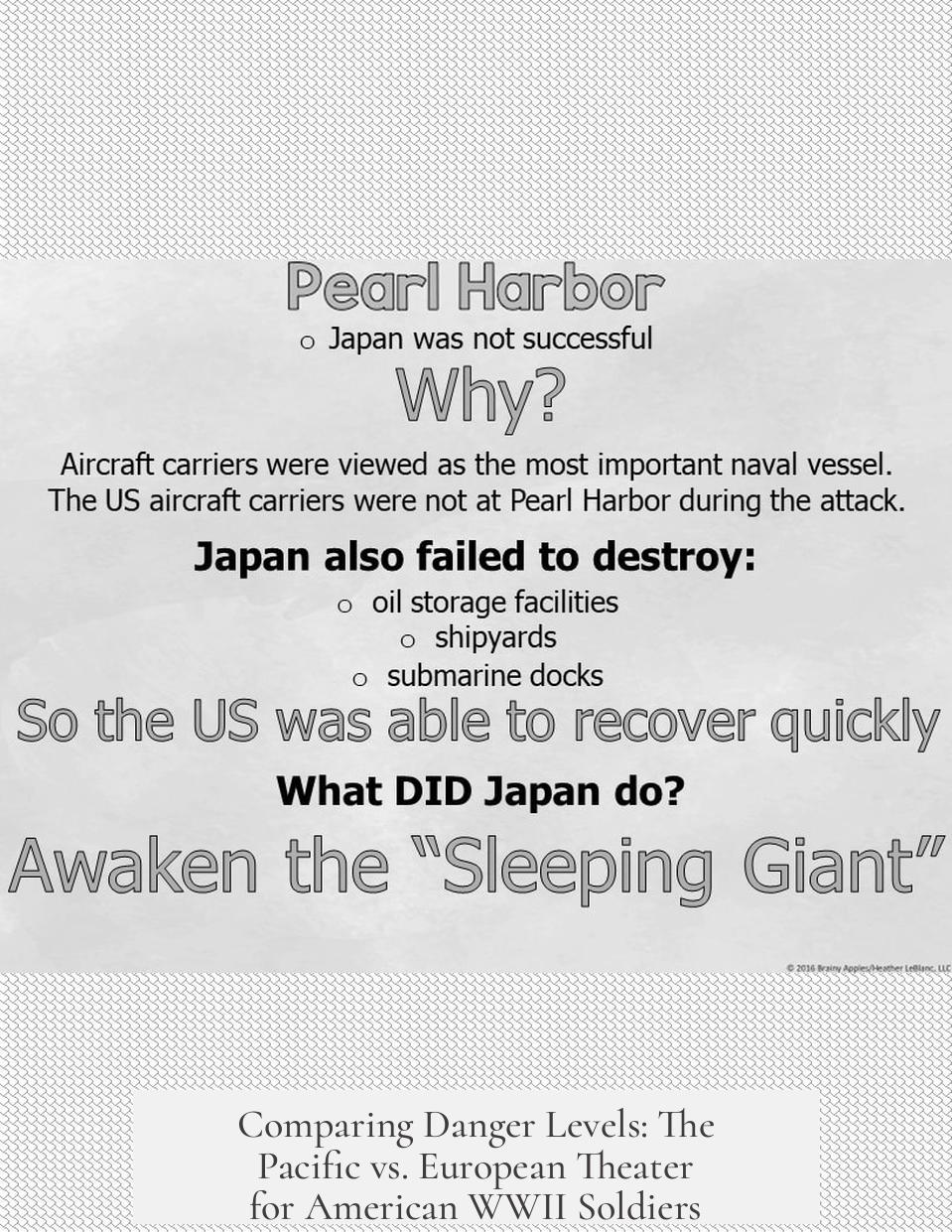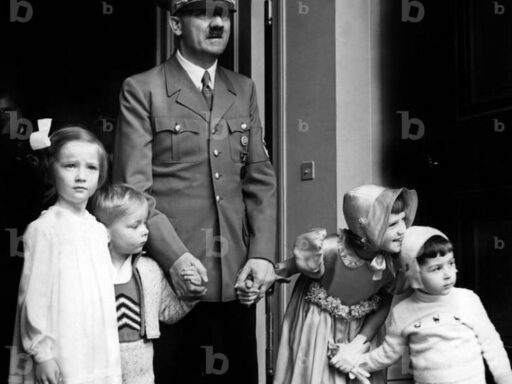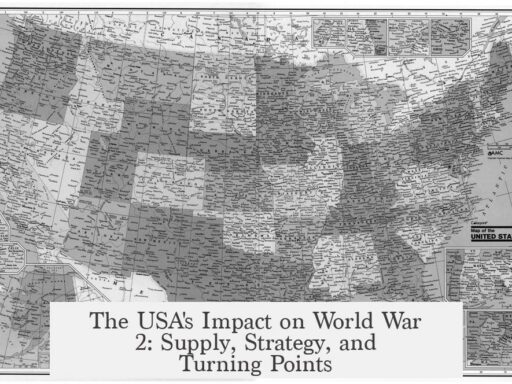The European theater was more dangerous for the average American WWII soldier when considering overall fatality and casualty rates. About 250,000 U.S. soldiers died in Europe, compared to roughly 160,000 in the Pacific. The U.S. deployed approximately 2.4 million troops to Europe with a casualty rate just over 10%, while the Pacific theater involved about 2 million troops and an 8% casualty rate. These numbers indicate higher absolute and relative risks in Europe.
The number of wounded soldiers further supports this conclusion. For every soldier who died, 1.5 soldiers were wounded on average, with army and marine units experiencing more injuries than naval units. Europe saw approximately 400,000 wounded soldiers, making about 27% of U.S. frontline troops either wounded or killed. By contrast, the Pacific theater had around 270,000 wounded, about 22% of its personnel.
| Theater | U.S. Troops Deployed | Fatal Casualties | Wounded | Casualty Rate |
|---|---|---|---|---|
| Europe | ~2.4 million | ~250,000 | ~400,000 | ~10.4% |
| Pacific | ~2 million | ~160,000 | ~270,000 | ~8% |
Additional perspectives complicate the picture. The U.S. in Europe faced only a subset of German combat forces, as most German and elite troops fought on the Eastern Front against the Soviet Union. Soviet-German fighting proved extremely deadly, with the Soviets losing about 25% of their 34 million troops and Germany sustaining a 40% casualty rate out of 13.4 million troops. This context means U.S. soldiers in Europe fought against less experienced or depleted forces, yet still suffered heavier casualties.
When evaluating the Pacific theater alone, some historians argue it was more brutal per soldier because of higher fatality rates within its casualty totals. Here, roughly 33.7% of casualties were fatal, compared to 23.1% in Europe for the U.S. Army and Army Air Forces combined. This suggests that once injured, soldiers in the Pacific had a higher likelihood of dying, making survival tougher despite fewer overall casualties. Furthermore, casualty rates per average ground unit were reportedly up to three times higher in the Pacific on certain engagements.
This distinction explains why the Pacific Theater earned a reputation as the “most hated” theater to fight in during the war. Its harsh conditions, tropical diseases, difficult terrain, and intense island combat contributed to dangerous fighting scenarios. However, these factors did not translate to a higher total number of deaths or casualties when compared to the broader European conflict.
Considering all factors, including troop numbers, casualty rates, injury severity, and combat context, the European theater posed higher risks for the average American soldier in terms of raw numbers and relative chances of death or injury. The Pacific was tactically more severe for those engaged directly, but fewer troops overall faced those extremes.
- Europe had about 250,000 U.S. deaths versus 160,000 in the Pacific.
- The casualty rate was approximately 10% in Europe and 8% in the Pacific.
- Wounded soldiers numbered 400,000 in Europe, 270,000 in the Pacific.
- Fatalities formed a higher percentage of casualties in the Pacific (33.7%) than Europe (23.1%).
- Most experienced German troops were fighting the Soviets, not Americans.
- The Pacific’s reputation stems from harsh conditions, not total casualty counts.




